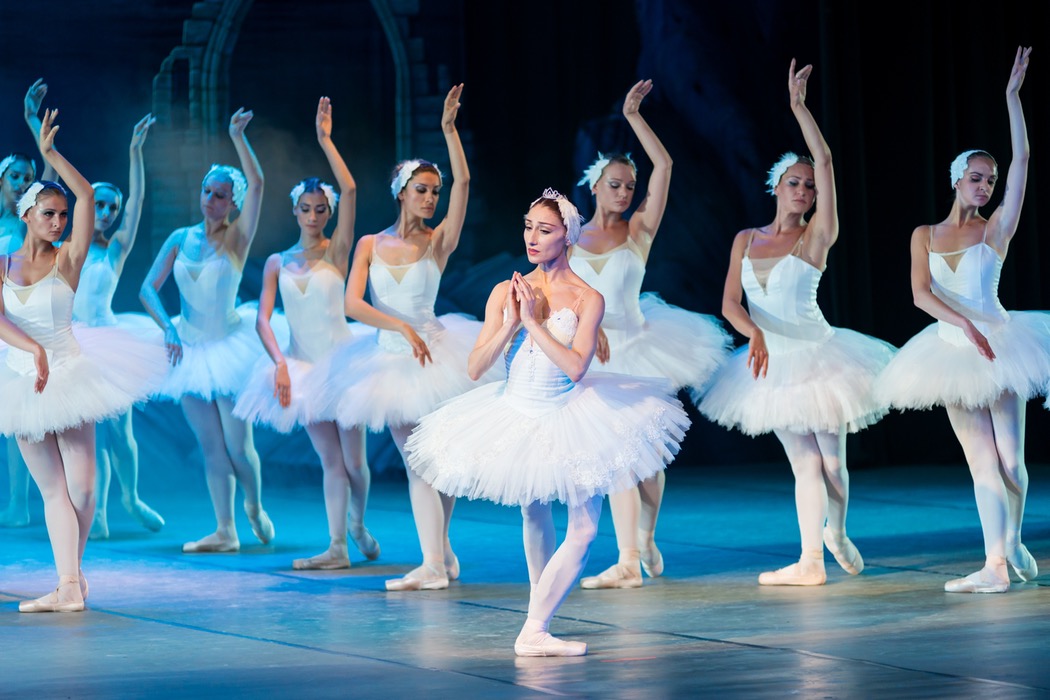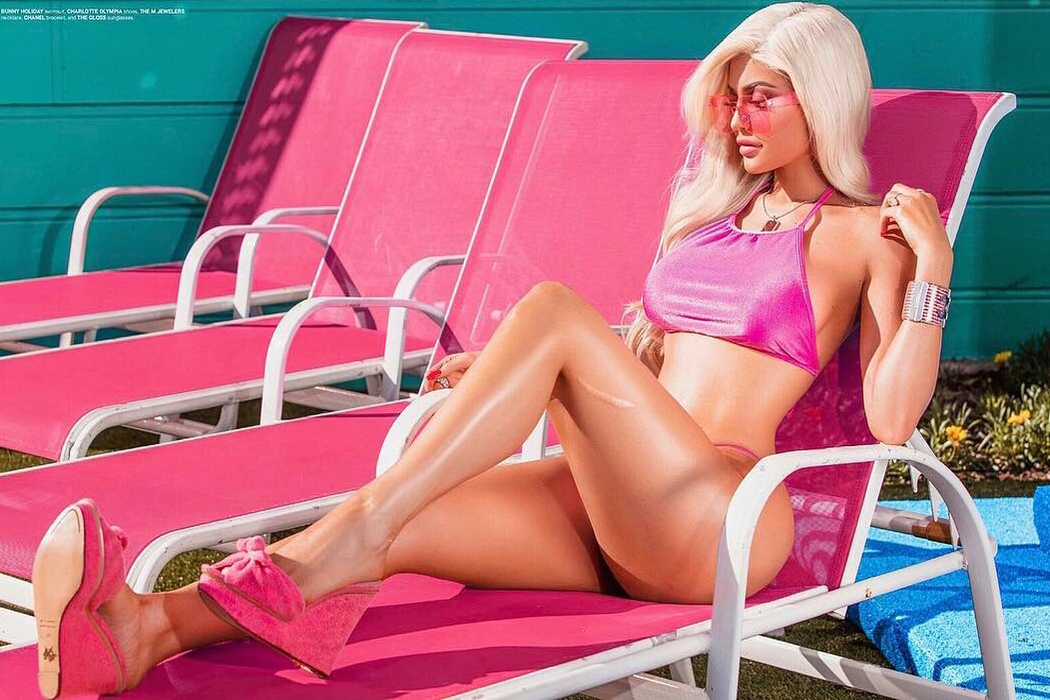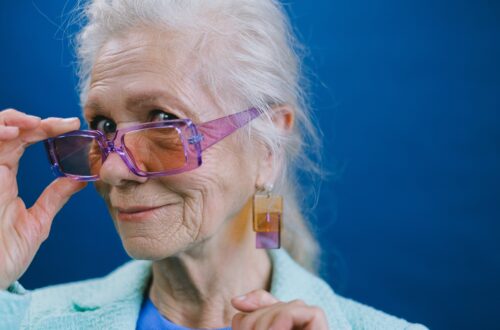Ballet is a performance type of dance originating from Italy then developed in France, but was further developed in Russia in the 1920’s.
Various techniques are used in Ballet that involve various moves. The main types of dance moves include:
Allegro: A dance which involves fast and brisk steps. Glasses need to be secure for this sequence because it’s fast paced.
Pirouette turns: Spinning on one leg and leaving the other leg off the ground. Take caution with this move.
Coupé-jete’ en tournant: During this move, dancers jump and turn simultaneously either in a circle or in a straight line. Wearing specs will not get in the way.
Grand Plies: This move involves bending your knees, and at the same time lowering your head with a full turn circle of the head. Coordinating the movement gracefully could be challenging for dancers.
Sauté: This routine is about taking small jumps with a great deal of energy. They are warm up jumps, which could cause specs to fall off unexpectedly.
Ballon: This involves a dancer being suspended while making dance moves.
Have You Ever Seen a Ballerina Wearing Specs?
It is not rare to see a Ballerina wear glasses while performing an Allegro or Ballon, but some might prefer contact lenses.
You might want to switch between the two i.e. contacts and glasses, or wear glasses for your day to day activities but switch to contacts just before your exiting performance.
It is very important for dancers to see clearly and crucial for catching things.
Some Ballerinas even complain about not being able to see the teacher’s facial expression which makes it harder to perform, not knowing if the teacher has made a gesture or eye contact.
Some Ballet teachers are sometimes reluctant to allow Ballerinas to wear specs for shows or upcoming performances.
But, they are quite happy for them to wear them during rehearsals or training sessions.
Solutions
Switch from contacts to glasses. Don’t give up on wearing specs just because you are a Ballerina.
Ensure they are well fastened and not slipping off your face. Avoid fiddling with them because this will cause a distraction.
However, glasses are ideal for those who are short sighted as they help to spot those hidden corners, preventing accidents.
As glasses could easily fly off their heads during a routine dance. For safety reasons, invest in a pair of lightweight frames similar to these Oakley OX8105 PITCHMAN R goggles below.
Also, when doing your turns and sweating simultaneously, glasses can slide off your face, giving you a headache.
Alternatively, practice your routines with glasses then swap to contact lenses like these Ciba vision Air Optic Colors below for the performances.
Some Ballerinas are severely myopic and cannot dance without glasses. If contacts haven’t worked for you either, then it might be worth buying a special fastener, tape or equipment to keep them glued on temporarily.
Get regular checks at the opticians who can adjust them and make sure they are the correct fit and also to ensure the glasses are in good working condition.
Invest in a light frame avoiding thicker, heavier glasses that are likely to weigh you down.
Wear your specs with pride regardless. It’s all about finding that balance and not taking the slightest notice of the audience. If your prescribed specs make you feel comfortable then it will be beneficial to keep them on them.
Learn more about musical star styles








